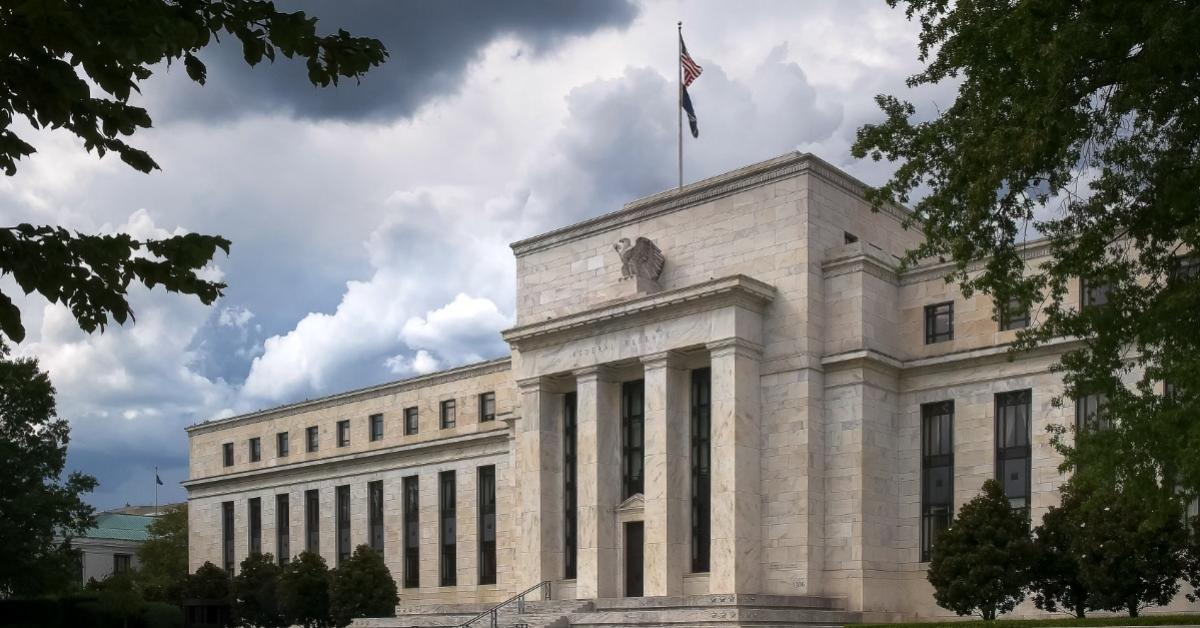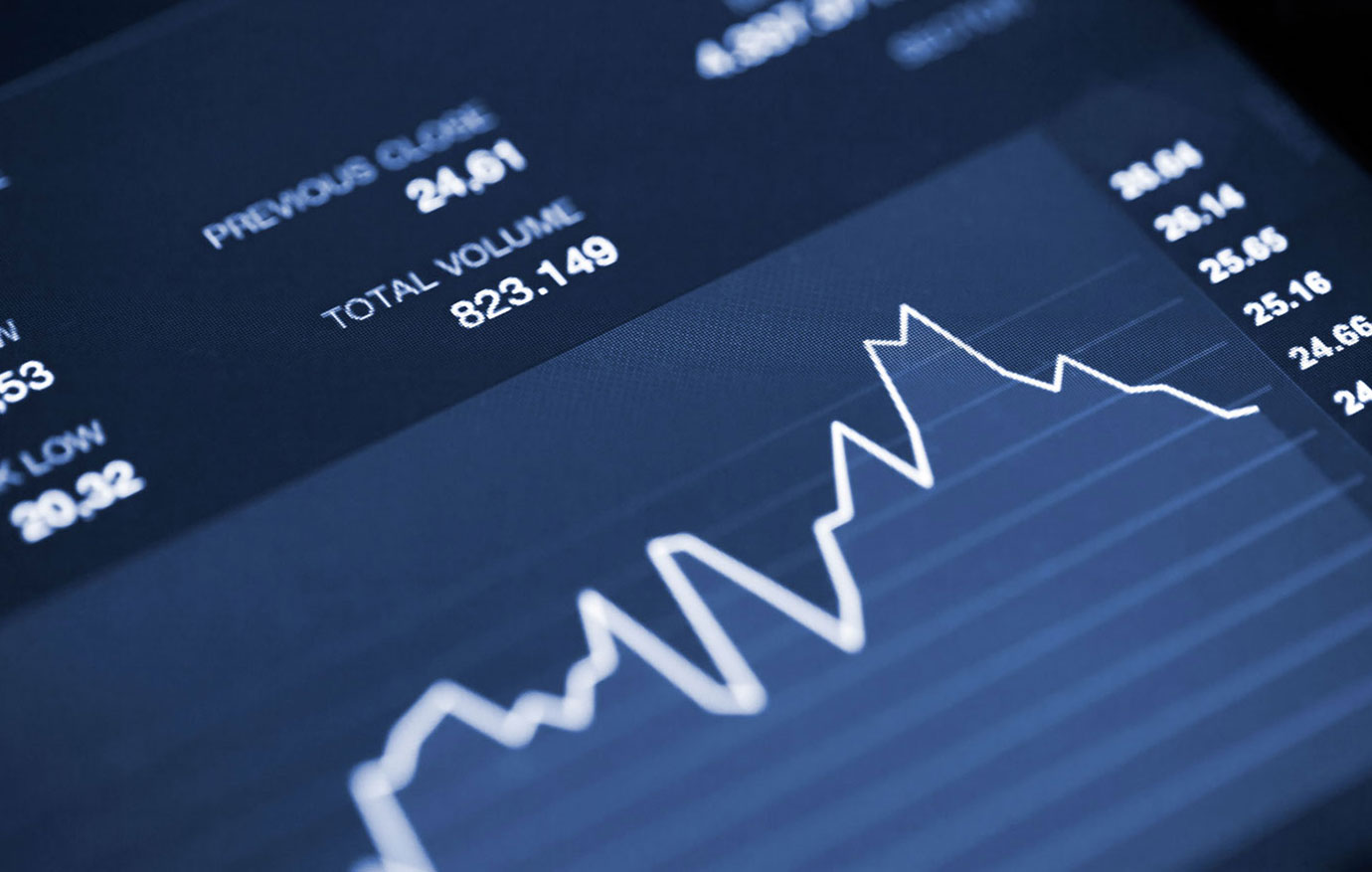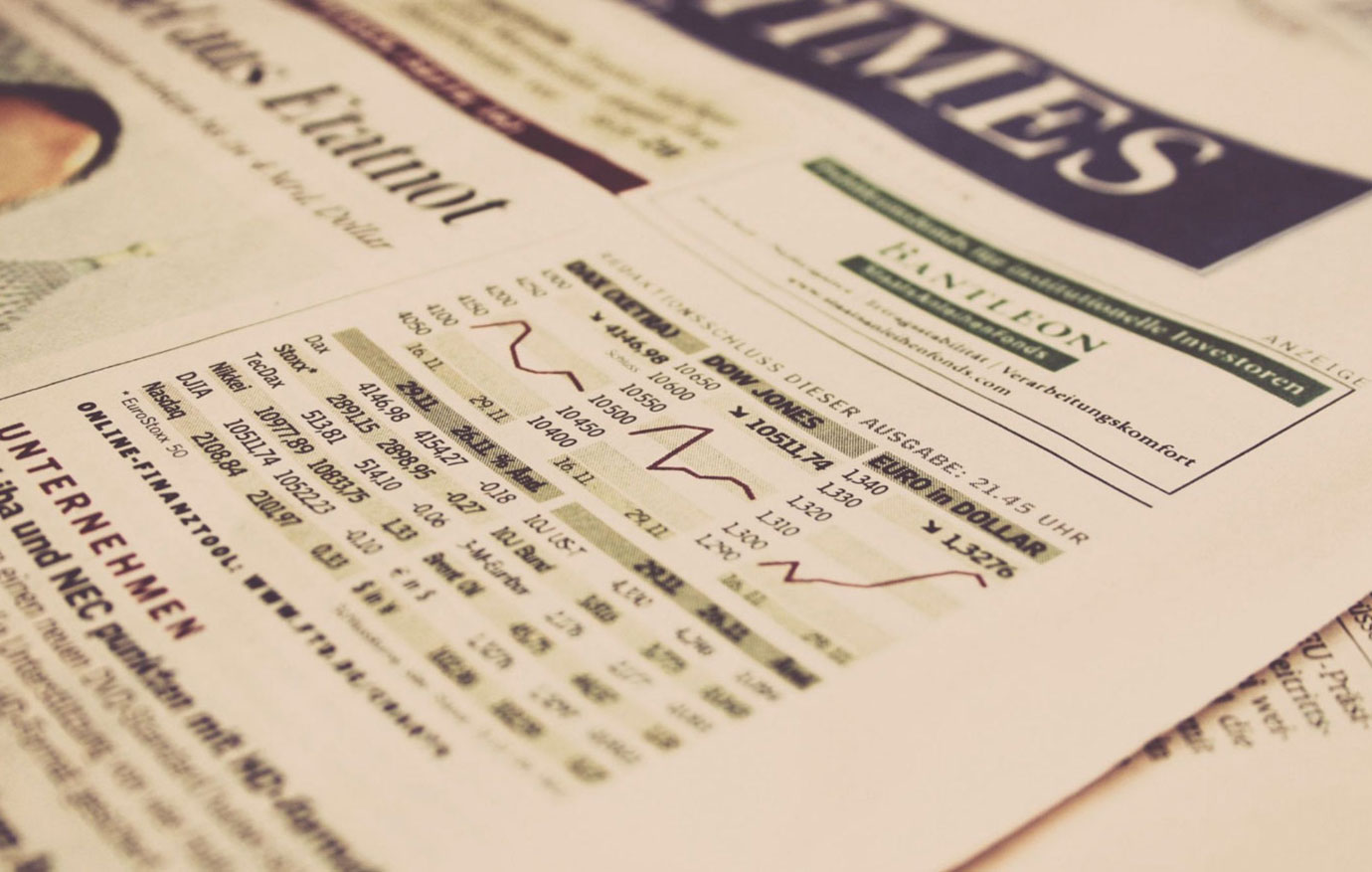
Fighting Inflation Really Means Fighting the Federal Reserve
There are surely other worlds than this—other thoughts than the thoughts of the multitude—other speculations than the speculations of the sophist.
—Edgar Allan Poe, “The Assignation”
Nothing brings out misleading or false narratives like the subject of money.
Prices over the last twenty-five months have shot up, and this development is roundly called inflation. Why? Because prices have shot up. The criminals running the government even passed an inflationary omnibus spending bill under the pretext of fighting inflation. The logic is that they can do whatever they want because we can’t stop them.
In today’s fiat world of make-believe, inflation is an increase in the money supply and is synonymous with counterfeiting (an exchange of nothing for something). As Ryan McMaken reports, “During the thirteen months between April 2020 and April 2021, money supply growth in the United States often climbed above 35 percent year over year, well above even the ‘high’ levels experienced from 2009 to 2013.”
Money supply metrics are not front-page news. Most accounts give us the hand-wringing figure of higher prices or Consumer Price Index (CPI) inflation. Everyone seems to use the terms “inflation” and “CPI inflation” interchangeably, as if the two were synonymous.
They aren’t. A CPI increase is an effect caused by inflation.
Among other things, prices are influenced by changes in the money supply. More money puts upward pressure on prices. Improvements in production and distribution efficiency do the opposite. The two work simultaneously. Sometimes prices remain constant while the Federal Reserve System inflates the money supply, as happened prior to the Crash of 1929.
Given that the bureaucrats who control the money supply, the Fed’s Federal Open Market Committee, want an annual CPI inflation rate of 2 percent, they have to figure out how to assess the infinite complexity of the market to adjust the money supply accordingly. No wonder one Fed official thinks economics is really hard.
But wait. Joe Biden wants the Fed to ensure the woke goal of racial equity along with its dual mandate of “maximum employment and price stability.” Is this a call for reparations? Who better to provide the necessary funds than a government agency that can create money at will?
What would happen to price inflation if that happened?
Reparations aside, the Fed has been intentionally inflating the currency for a while. Using an inflation calculator, I found that from 2017 to 2019, prices increased annually at a rate of 2.13 percent. The Federal Open Market Committee would cheer. However, beginning in 2020, the year of covid hysteria, prices have gone up 4.67 percent annually. Oops.
How Did We Get into This Mess?
One of the most prosperous eras in our history—in all of history perhaps—came after the Civil War. It was a period without a central bank or an income tax. No entity was tasked with maintaining macroeconomic or racial goals. No entity served as a lender of last resort. Monetary policy was left mostly in the hands of the market rather than a shuffle of bureaucrats. Gold (and to some extent silver) coin was money, and paper currency acted as a convenient substitute.
What about price inflation during this period? From 1870 to 1900, there was none. The purchasing power of the dollar increased. According to the Bureau of Labor Statistics CPI, the country had a deflation rate of −1.47 percent per year.
By 1900, prices were 35.88 percent lower than the average prices of 1870. Saving was rewarded, and the economy thrived. Unlike the myth that a committee must inflate the money supply to avoid deflation and downturn, the American economy did its absolute best without any committee or CPI inflation.
During the late 1800s, banks ignored the requirements of demand deposits and engaged in fractional reserve banking (as banks have always done almost without exception, including today under the Fed). They held only a fraction of deposits in reserve and loaned the rest, but this created panic when many banks were caught without sufficient reserves.
Instead of acknowledging the pitfalls of fractional reserves (see here and especially here), bankers condemned commodity money for its lack of “elasticity.” A few of the biggest bankers—along with key politicians—decided to address this problem. In late 1910, they met secretly on Jekyll Island, Georgia, and worked out the structure for a banking cartel that essentially became the Federal Reserve Act of 1913.
Senator Nelson Aldrich of Rhode Island was one of those present at Jekyll Island, and the plan that emerged bore his name. Unfortunately for the bankers, Aldrich was a Republican, and getting a Democrat-controlled congress to embrace the plan proved futile. When Democrat Woodrow Wilson became president in 1912, the so-called Aldrich Plan reemerged under the auspices of Democrat congressman Carter Glass of Virginia, who like other politicians, lacked technical knowledge of banking and relied upon hired hands for assistance.
If truth were to dominate, the banking bill should have borne the name of banker Paul Warburg of Kuhn, Loeb since he was the chief architect of the Aldrich Plan. One writer referred to Warburg as “the mildest-mannered man that ever personally conducted a revolution.”
For nearly a century, government officials denied the authenticity of the Fed’s furtive foundation, but in 2010, Ben Bernanke and his colleagues celebrated the Fed’s founding on Jekyll Island.
Murray Rothbard describes the bankers’ victory this way:
Following the crucial plank of post–Peel Act Central Banking, the Fed was given a monopoly of the issue of all bank notes; national banks, as well as state banks, could now only issue deposits, and the deposits had to be redeemable in Federal Reserve Notes as well as, at least nominally, in gold. . . . The Fed was now in place as lender of last resort; and with the prestige, power, and resources of the U.S. Treasury solidly behind it, it could inflate more consistently than the Wall Street banks under the [previous] National Banking System, and above all, it could and did, inflate even during recessions, in order to bail out the banks. The Fed could now try to keep the economy from recessions that liquidated the unsound investments of the inflationary boom, and it could try to keep the inflation going indefinitely. (emphasis added)
Beginning with World War I, the Fed has also proved indispensable for conducting war.
What’s the moral of the story? When you talk about inflation, talk about the Fed, the entity solely responsible for inflating the money supply and thereby creating social and economic havoc.



